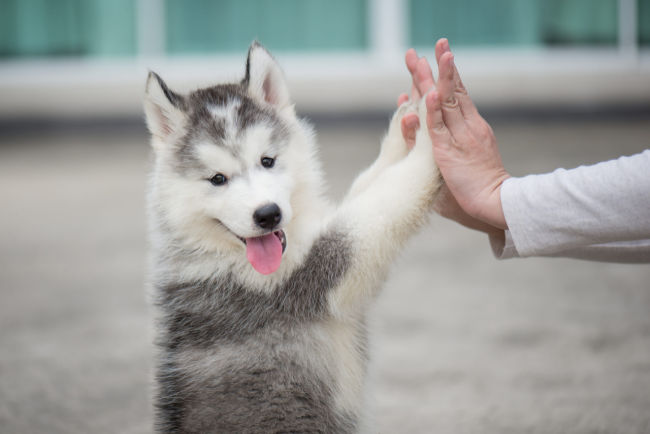GET YOURSELF READY

Set Yourself Up for Success
Dogs are a species uniquely qualified to work with people, but they are animals. As such, they deserve an approach that meets their physical and emotional needs.
Partnering with a trainer involves change, risk, and resistance. You may find how you think about dogs challenged when you start working with us, but the following suggestions are crucial to our partnership.

